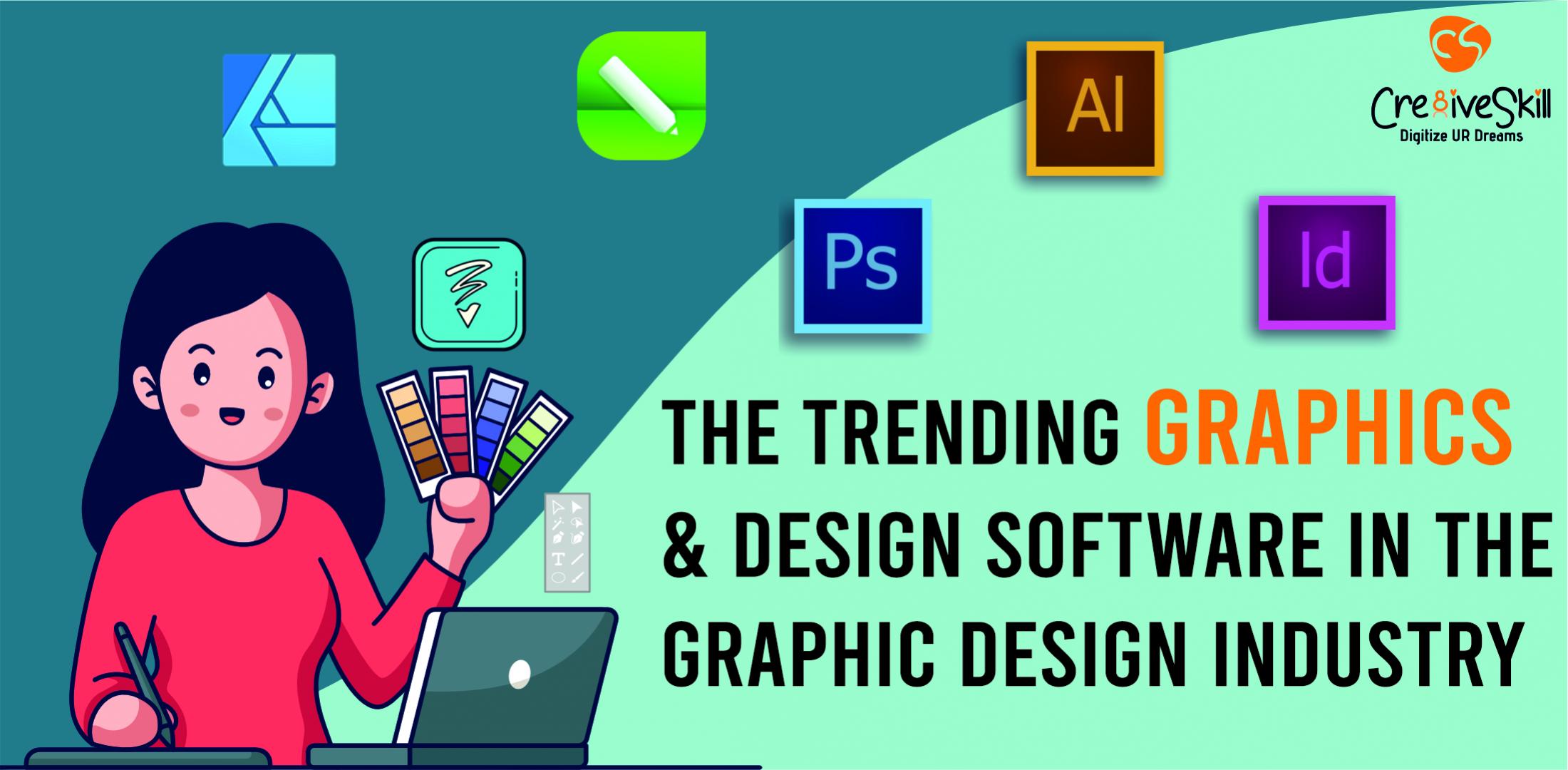Blitz News Digest
Stay updated with the latest trends and insights.
Graphic Design Software: Your New Best Friend or a Pain in the Pixels?
Discover if graphic design software will elevate your creativity or leave you frustrated—join the debate and find your perfect tool!
Top 5 Graphic Design Software Tools for Every Budget
Graphic design has become an essential skill in today's digital world, and fortunately, there are numerous software tools available that cater to every budget. Whether you're a professional designer or just starting out, finding the best graphic design software can make all the difference in bringing your creative visions to life. In this article, we will highlight the top 5 graphic design software tools that are not only powerful but also affordable, ensuring that you don’t have to break the bank while enhancing your design skills.
Here are the top 5 graphic design software tools that fit different budgets:
- Canva: Ideal for beginners, Canva offers a free version with an extensive library of templates and design elements.
- GIMP: This free and open-source software is perfect for those who want access to advanced features without any cost.
- Adobe Creative Cloud: A premium choice for professionals, Adobe's suite has a monthly subscription that provides access to industry-leading tools.
- Affinity Designer: For a one-time purchase, Affinity Designer offers a powerful alternative to Adobe products, suitable for both vector and raster graphics.
- Sketch: Primarily for macOS users, Sketch is a popular software that offers great features for UI/UX design at a reasonable price.

Is Graphic Design Software Worth the Investment? A Deep Dive
When considering whether graphic design software is worth the investment, it’s essential to evaluate both the financial and creative benefits. Many professionals and businesses find that the right tools significantly enhance productivity and the quality of their work. For instance, software like Adobe Creative Suite or core alternatives offer robust features that can streamline the design process, enabling users to create stunning visuals efficiently. This efficiency can ultimately lead to increased revenue, making the initial investment feel more justifiable.
Moreover, investing in graphic design software often opens doors to advanced capabilities that free or lower-cost options cannot match. Features such as vector editing, high-resolution output, and collaboration tools can be vital for designers working on complex projects or branding strategies. As competition grows in the digital landscape, having access to superior tools can provide a distinct advantage. Therefore, while the upfront costs may seem high, the potential return on investment through superior work quality and client satisfaction is often well worth it.
How to Choose the Right Graphic Design Software for Your Needs
Choosing the right graphic design software is crucial for both beginners and experienced designers alike. Start by identifying your specific needs and goals. Are you designing for print or web? Do you require advanced features like vector editing or primary tools for photo manipulation? Make a list of the essential functionalities you need, such as:
- User-friendly interface
- Compatibility with different file formats
- Collaboration features for team projects
- Budget constraints
Once you’ve established these criteria, you can research and compare different software options available in the market.
Next, consider trying out free trials or demo versions of the software you’re interested in. This hands-on approach will allow you to assess the design software’s usability, performance, and compatibility with your workflow. Pay attention to the customer support and community forums, as these can be invaluable resources when you encounter challenges. Lastly, don’t overlook the software’s learning curve; a program might offer advanced features but could be overly complex for your immediate needs. Balancing functionality and ease of use will ultimately guide you to the right choice for your graphic design projects.